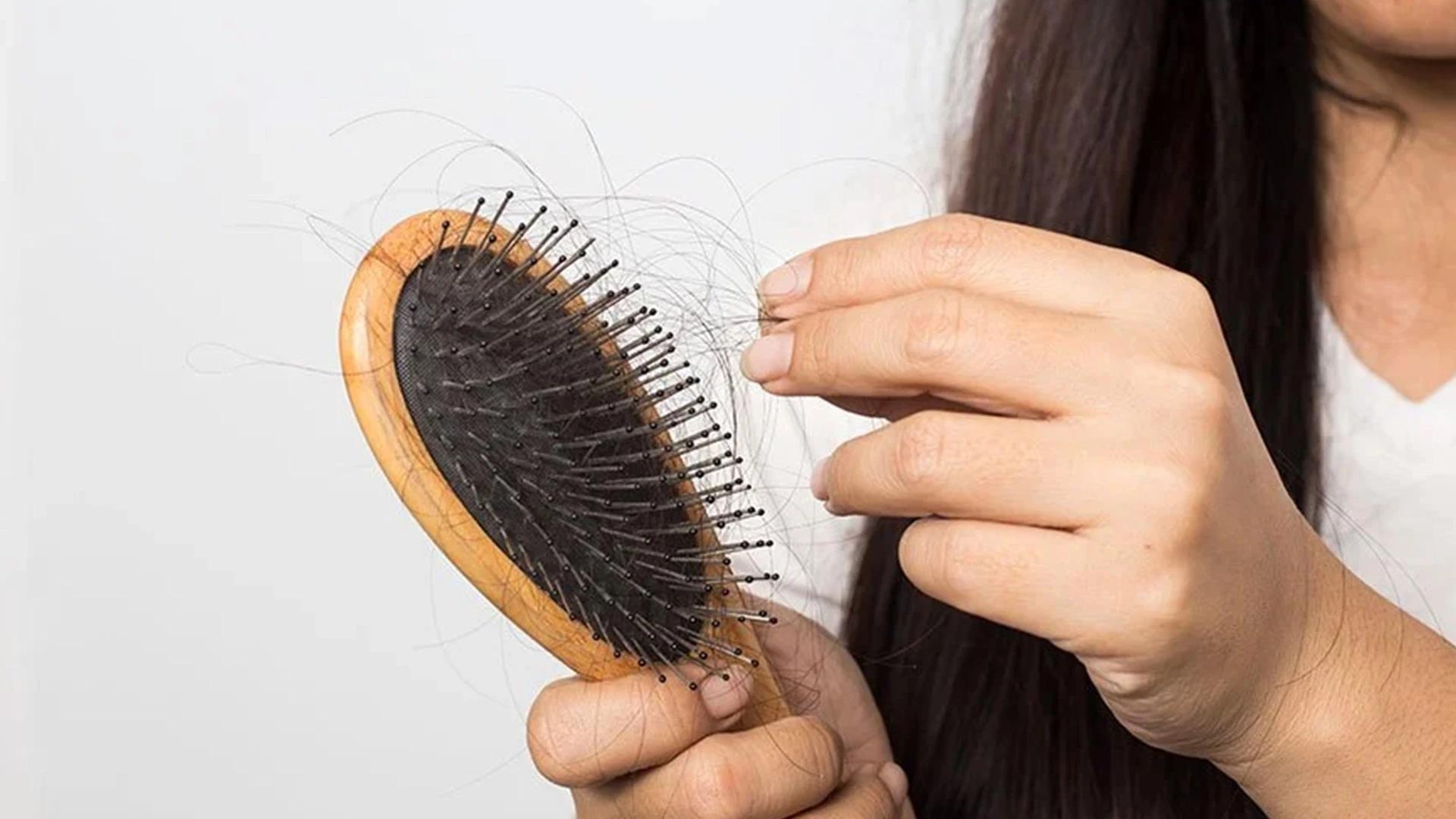Curls have their own rules:
• Dry cutting method: Cut curls when dry so you can see their natural pattern
• Common mistakes to avoid: Over-thinning, cutting too much length at once
Cutting Fine Hair
Fine hair needs special care to avoid looking limp:
• Creating volume: Use layered techniques and avoid heavy, blunt cuts
• Avoid over-thinning: Fine hair can't handle too much texturising
Cutting Thick Hair
Managing all that gorgeous volume:
• Thinning techniques: Use texturising and point cutting to reduce bulk
• Managing bulk: Strategic layering can make thick hair more manageable
Maintaining Your Cutting Style
Getting the perfect cut is only half the battle. Keeping it looking fresh between salon visits is where the real work happens. Good maintenance can extend the life of your cut and keep you looking put-together every day.
At-Home Care Tips
Daily habits that keep your cut looking sharp:
• Proper washing and conditioning: Use products suited to your hair type and cut
• Right products matter: Texturising sprays for layered cuts, smoothing serums for blunt styles
When to Get a Trim
Knowing when it's time for a refresh:
• Signs it's time: Split ends, loss of shape, difficulty styling
• Frequency guide: Every 4-6 weeks for short cuts, 6-8 weeks for longer styles
Frequently Asked Questions
What is the most popular hair cutting style in 2025?
Layered cuts and textured bobs are dominating right now. The lived-in, effortless look achieved through techniques like point cutting and texturising hair is having a major moment.
How do I choose the best cutting style for my face shape?
Start with your face shape as a guide - oval faces can try almost anything, round faces benefit from length-adding cuts, and square faces look great with soft, layered styles that create movement.
What are the key differences between different cutting techniques?
Blunt cuts create clean, sharp lines while layered cuts add movement and dimension. Razor cutting gives softer edges compared to scissor cuts, and texturising techniques remove bulk without losing length.
How can I maintain my cutting style between salon visits?
Use the right products for your cut type, avoid over-washing, and learn basic styling techniques. Regular trims every 6-8 weeks keep most cuts looking fresh.
What are the best cutting techniques for adding volume to thin hair?
Layered cuts work brilliantly for fine hair, especially when combined with gentle texturising. Avoid over-thinning and heavy, blunt cuts that can make thin hair look even flatter.
Final Thoughts
Mastering your cutting style is all about understanding what works for your face shape, hair type, and lifestyle. Whether you're going for a classic bob hairstyle or experimenting with modern texturising techniques, the key is finding what makes you feel confident and comfortable. Remember, great cuts aren't just about following trends - they're about finding your personal style and maintaining it properly. Take your time to research, communicate clearly with your stylist, and don't be afraid to try something new when you're ready for a change.

 Pack of 2
Pack of 2 1 unit
1 unit 1 Unit
1 Unit Pack of 6
Pack of 6